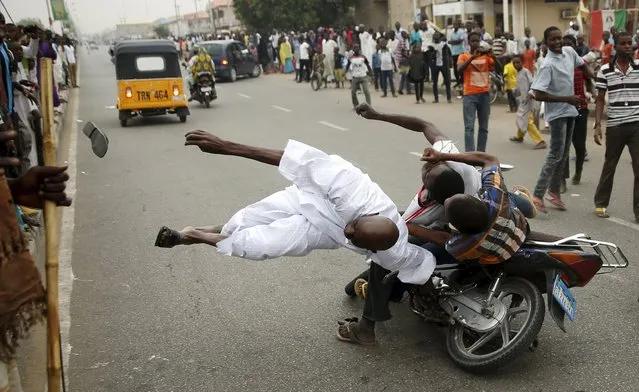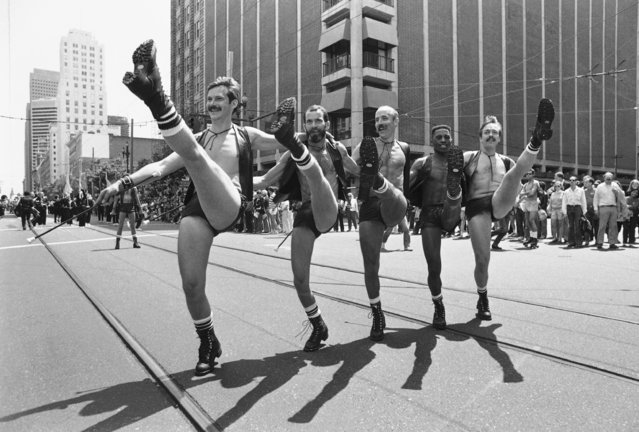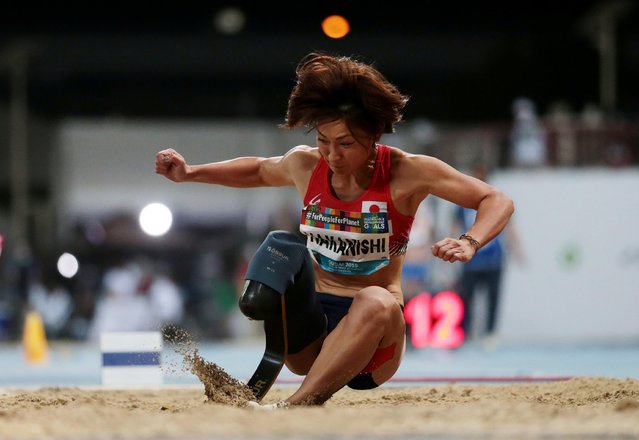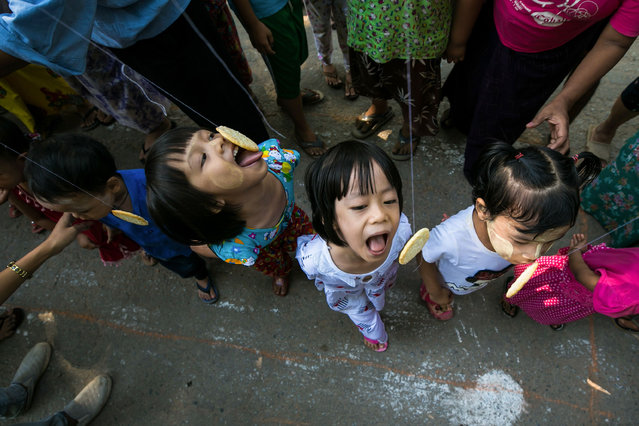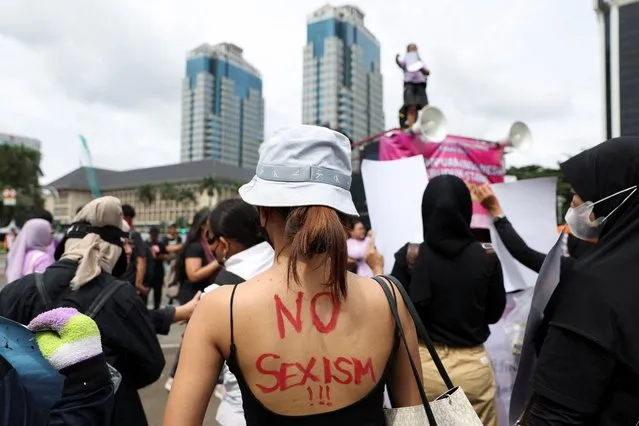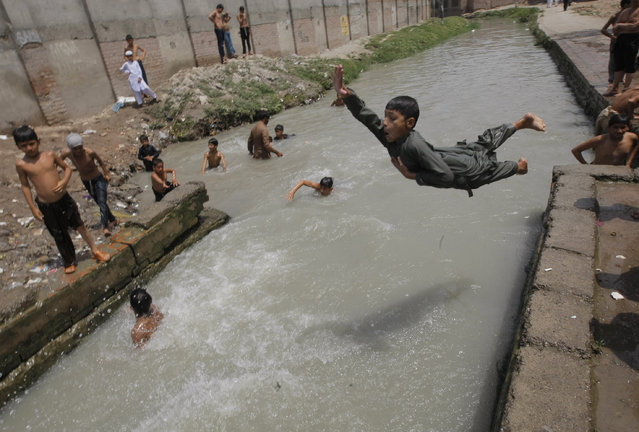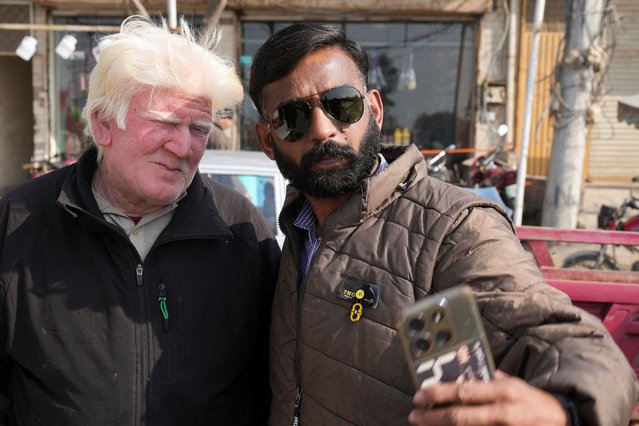
Saleem Bagga, seen by some as a lookalike of U.S. President-elect Donald Trump, poses for a selfie with a customer while selling kheer, a traditional South Asian rice pudding, along a road in Sahiwal, Pakistan on January 13, 2025. (Photo by Nida Meboob/Reuters)
18 Feb 2025 03:57:00,post received
0 comments

